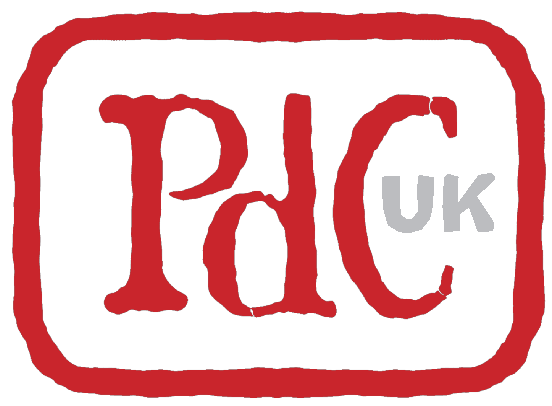As a restaurant owner, managing costs is a constant challenge. One area you might consider for cost-cutting is the cleaning of your ductwork and ventilation system. While it may seem like a straightforward task, it’s important to understand the complexities and risks involved.
Ensuring that your ventilation system meets appropriate standards, such as TR/19, is crucial for the safety and efficiency of your restaurant. Here, we discuss why self-cleaning might not be the best approach and what you need to consider if you decide to tackle it yourself.
The Importance of Regular Cleaning
Ventilation systems in commercial kitchens accumulate grease, dust, and other contaminants over time. These deposits can significantly reduce airflow, leading to inefficient extraction of heat, smoke, and odours. More critically, grease build-up is a major fire hazard. According to the Building Engineering Services Association (BESA), regular cleaning in compliance with TR/19 standards is essential to minimise these risks.
The TR/19 Standard
The TR/19 standard outlines best practices for cleaning ventilation systems in commercial kitchens. This standard ensures that the systems are maintained in a safe and efficient state. Compliance with TR/19 is not just about ticking a box; it’s about ensuring that your kitchen operates safely and efficiently. Failure to adhere to these standards can lead to severe consequences, including fire hazards, poor air quality, and legal liabilities.
The Messy Reality of Ductwork Cleaning
Cleaning ductwork is not a task for the faint-hearted. It involves disassembling parts of your ventilation system, scraping off stubborn grease, and using specialised cleaning agents and equipment. The process is messy, laborious, and time-consuming. Here’s a brief overview of what’s involved:
- Preparation: Disconnecting and covering all kitchen equipment to prevent contamination.
- Inspection: Using cameras or manual inspection to assess the extent of grease build-up.
- Cleaning: Scrubbing and scraping the ducts manually or using rotary brush systems, sometimes in conjunction with chemical cleaning agents.
- Rinsing and Drying: Ensuring all cleaning agents and residues are thoroughly removed and the system is dried to prevent any future contamination.
- Reassembly and Testing: Putting everything back together and testing the system to ensure it operates correctly.
Potential Risks and Pitfalls
While cleaning your own ductwork might seem like a cost-saving measure, it’s important to consider the potential risks:
- Incomplete Cleaning: Without the proper knowledge and tools, you might miss hard-to-reach areas, leaving grease and contaminants that can still pose a fire hazard.
- Damage to the System: Improper cleaning techniques can damage ductwork, fans, and other components, leading to costly repairs or replacements.
- Non-compliance with Standards: Failing to clean to TR/19 standards can result in non-compliance, which might invalidate your insurance and leave you exposed to legal repercussions.
- Health Risks: Inadequate cleaning can lead to poor indoor air quality, affecting both staff and customers.
- Insurance Issues: Many insurers require proof that your ductwork and ventilation system are cleaned by certified professionals. If you clean it yourself, you might find your insurance policy voided or claims denied in the event of a fire or other incident.
Professional vs. DIY Cleaning
While the initial cost of hiring a professional cleaning service might seem high, it’s essential to weigh this against the potential costs of doing it yourself. Professional cleaning services have the expertise, equipment, and knowledge to ensure your system is thoroughly cleaned to TR/19 standards.
They can also provide documentation proving compliance, which can be vital for insurance purposes.
Making an Informed Decision
If you’re still considering cleaning your ductwork yourself, here are some steps to help you make an informed decision:
- Assess Your Capabilities: Do you have the time, tools, and expertise to perform a thorough cleaning?
- Calculate the Costs: Consider the cost of tools, cleaning agents, and the potential downtime for your kitchen.
- Understand the Standards: Familiarise yourself with the TR/19 guidelines to ensure you can meet the required standards.
- Evaluate the Risks: Think about the potential risks, including fire hazards, system damage, and non-compliance issues.
The Upshot
While it might be tempting to clean your own ductwork and ventilation system to save money, the complexities and risks involved make it a daunting task. Ensuring that your system is cleaned to TR/19 standards is crucial for the safety and efficiency of your restaurant. Professional cleaning services, though initially more expensive, provide the expertise and assurance that your system is properly maintained.
Before deciding to go the DIY route, weigh the potential savings against the significant risks and challenges involved. Your restaurant’s safety and operational efficiency should always be the top priority.
